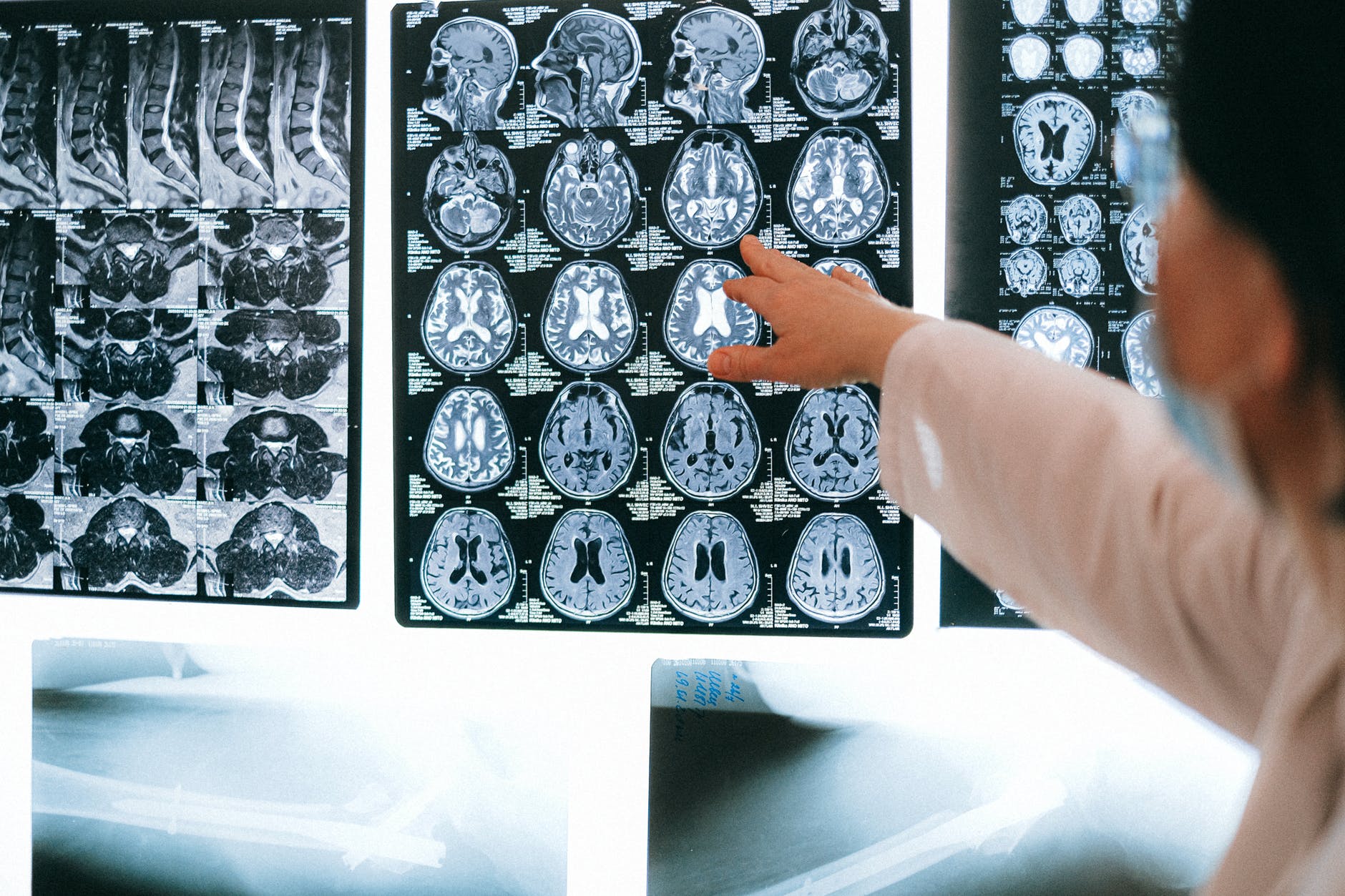
Types of stroke
Ischemic stroke
Occurs in 80% of cases. Atherosclerosis and thrombus in the cerebral artery are considered frequent causes of cerebral ischemic stroke. When cells lack oxygen, they begin to die. Sometimes arteries become blocked by air bubbles or compressed by a tumor or injury.
As a rule, people over 60 are prone to this type of stroke. Most of these patients suffer from diabetes, heart rhythm disorders, and heart defects. It is caused by “atherothrombotic plaques”, blood clots in the cerebral artery, which close the blood flow in the vessel. Blood circulation disorders can also occur against the background of blood clotting problems or prolonged and intense stress. Smoking, overweight, lack of physical activity are the most important risk factors.
After a large ischemic stroke, 15-25% of patients die within a month. In 18% of cases, a second stroke occurs in the next 5 years of life, if the patient stopped taking prophylactic drugs. The chances of survival and preservation of body functions depend on the quality of emergency medical care, treatment and further rehabilitation.
Hemorrhagic stroke
It occurs less often than an ischemic stroke, but poses a great danger to a person. It is divided into intracerebral and subarachnoid. The first is usually diagnosed in patients aged 45-60 years. Patients with cerebral atherosclerosis, hypertension, blood diseases are prone to it. In the process of intracerebral hemorrhage, the wall of the artery is torn. This can happen due to aneurysms (bulging of the artery wall), violation of the integrity of the vascular wall due to atherosclerosis. Such a stroke can be provoked by a sharp increase in blood pressure.
A subarachnoid stroke is a hemorrhage in the cavity between the soft and arachnoid meninges of the brain and spinal cord, filled with cerebrospinal fluid. This kind of stroke most often occurs in patients aged 30-60. Among the reasons: smoking, alcoholism or single use of alcohol or narcotic drugs in excessive quantities. Hypertension and excess body weight are also considered risk factors.
Against the background of a hemorrhagic stroke, the patient may develop pneumonia, blockage of the pulmonary arteries, and acute heart failure. Limiting the patient’s mobility after a stroke can lead to complications such as congestion, thrombosis, bedsores, stool retention, the formation of contractures, and the development of pneumonia.
Mortality is 40-70%, and rehabilitation of patients requires more time and more effort than in the case of an ischemic stroke.
Transient ischemic attack (TIA)
TIA is a violation of cerebral circulation lasting from several minutes to 24 hours, accompanied by damage to a small area of the brain. In the case of a transient ischemic attack, in contrast to a stroke, the “congestion” in the vessel dissolves on its own, without the intervention of doctors. But even a temporary “overlap of oxygen” threatens serious consequences for brain tissues. Especially if it happens repeatedly. The cumulative damage from transient ischemic attacks can be comparable to the damage from a single “full-blown” stroke.
Transient ischemic attacks usually occur in people older than 65 years. This is due to age-related changes in blood vessels, as well as chronic diseases.
TIA is called a predictor of ischemic stroke. After the first TIA, a stroke occurs in every tenth patient within three months. Sometimes a stroke occurs within two days of a TIA.
Rehabilitation after a stroke
It is important to start rehabilitation in the first three months after a stroke. During this time, you can return half of the main functions, in the next 3 months – another 20-30%. It is advisable to come to rehabilitation immediately after discharge from the hospital, since in addition to classes, a person needs care and supervision by specialists.
Rehabilitation, regardless of the severity of the stroke and its consequences, should be comprehensive. In each case, the doctor makes an individual recovery program.
Rehabilitation includes:
Restoring movement (classes with a physical therapist, aquatherapy, classes on simulators, use of modern methods: Bobat therapy, Exarta, PNF method);
- Returning independence in everyday life (classes with an occupational therapist in a specially equipped training apartment);
- Restoration of speech and swallowing;
- Making a menu with the doctor’s recommendations;
- Blood pressure control and drug therapy;
- Hygienic procedures (including stoma care and stoma removal);
- Symptomatic treatment (prevention or treatment of bedsores, pain relief, etc.);
- Restoration of pelvic organ control;
- Treatment of depressive states, help of a psychologist.


 128
128  128
128